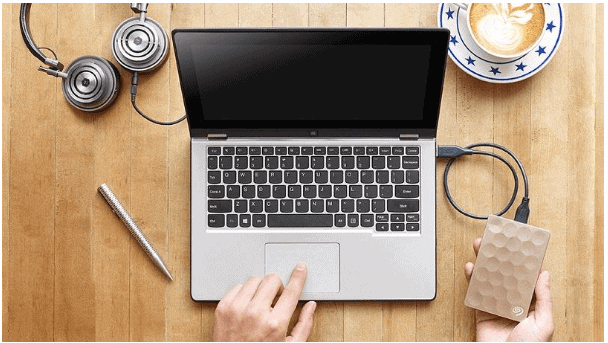Slow data transferring speed can be very annoying at times especially if you have to transfer the data to and from the external drive quite often. Like it can be very troublesome to wait for 10 to 15 minutes for your files to move from one place to another especially if you are getting late for a meeting or a conference etc. Now if you are someone who is tired of this slow speed, then you are at the right place, reading the correct article. Today we are going to jot down a few ways through which you can optimize and improve the data transfer speed.
So, folks take notes of what we are about to tell you because this article can be handy for you in the long run.
1. Set Your USB Drive To Better Performance
You see the default setting of Windows for data transfer is set on the option of “Quick removal”, in this case, what actually happens is that it disables writing cache which ultimately slows down the speed of transfer, but on the other hand, with it you can safely disconnect your device once the data has been transferred. Now what you have to do is to shift from “Quick Removal” to “Better Performance” in the settings and also look for the “write caching on device” option and enable it to optimize and improve the speed of data transfer.
2. Upgrade To USB 3.0 / 3.1
You might know about the difference between USB 3.0 and USB 3.1 type C, and if you do know all about it, then you also would know that USB 3.0 and 3.1 are the latest USB standard that was released years ago yet many of the people are using USB 2.0 just because it is cheaper than the 3.0 one. Now this is where you will have to make a little sacrifice and if you feel like your work demands a lot of data transferring tasks from PC to or from external drive then you definitely should get yourself a USB 3.0 because believe it or not, that will make a big difference in all of the transferring speed.
3. Change The File System
Not many know about it that the file system that is being used to format your device can have a severe and significant impact on the performance and the speed of data transfer.Now what happens is that the conservative format locates the data into tiny chunks and that is precisely where the problem begins. The smaller the chunks of the data are, the slower the transfer process will be, and to improve the speed you will have to increase the size of the chunks, and for that, you need to change the file system and the formatting.
These are the few tips that can help you increase the speed of your data transfer to and from your external drive. Follow the tips mentioned above and try different ways to fix this issue and we assure you that you will have positive results.






